Q&A: Dr. Sonam Gandhi (Physical Therapist)


Meet one of our newest Physical Therapists, Dr. Sonam. Her and her family moved to Lake Orion, Michigan from the United States where she lived for over 10 years, and where she holds a state licensure for physical therapy. She did her Doctor of PT at the University of Montana and also her Bachelors of PT from Gujarat University, India – where she is originally from.
Not only does she preach ‘Movement is Medicine’ to her patients, but she lives the motto herself – focusing on strength training, yoga, Pilates and a variety of sports. She is passionate about sharing her knowledge with others and looks forward to diving into work at UP. Read on to learn more about Dr. Sonam and her experience as a physical therapist:
UP Medical
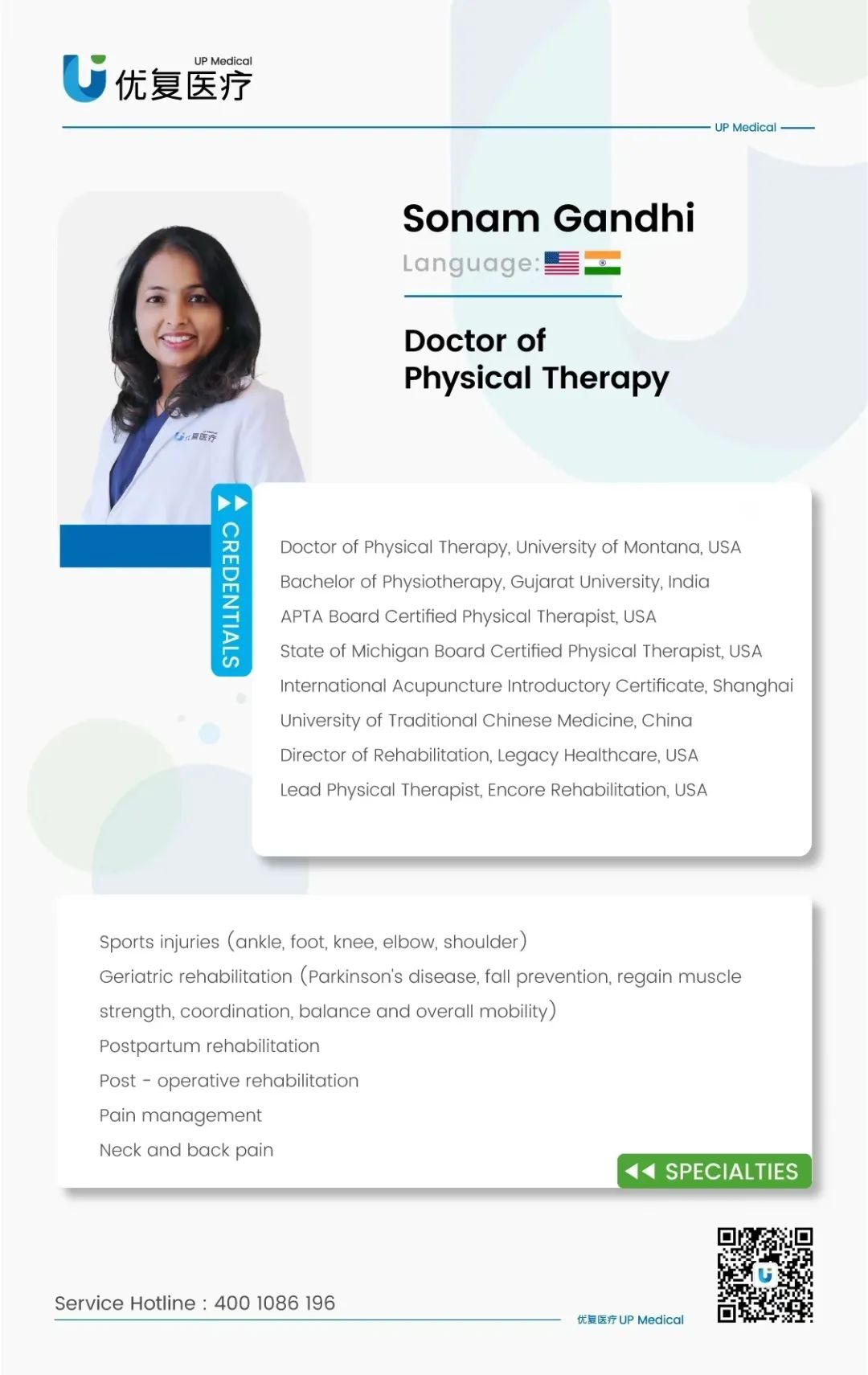

Author / Lauren
UP Medical
Q1
Welcome to the team! What made you decide to work at UP?
I’ve worked as a Physical Therapist in three different countries now. Every location had its pros and cons. What drew me to UP was the opportunity to diagnose and treat patients holistically. Another key was UP’s approach to prevent injuries through conservative treatments and educating patients. Unlike most US therapy clinics, UP brings together professionals like MDs, chiropractors, TCM specialists, and PTs under one roof. This collaborative approach ensures comprehensive patient care.
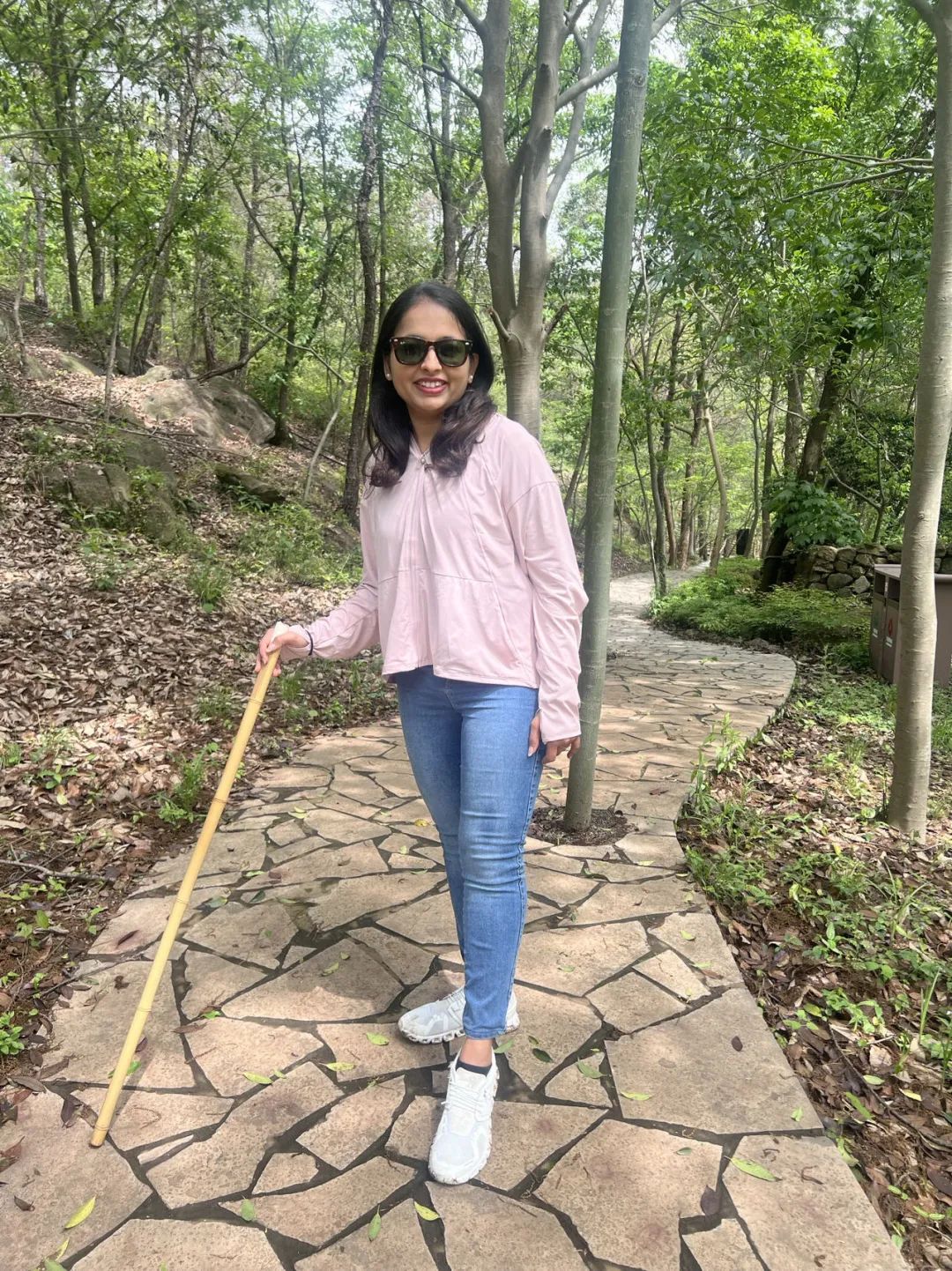
Q2
We love to hear about someone who practices what they preach – can you tell us more about what some of your hobbies are?
I’m deeply passionate about physical activities and recognize their vital role in maintaining good health. To me, strength training is a fundamental lifestyle choice. I know this will help me stay strong – physically and mentally – even as I get older. I do weekly yoga sessions, Pilates, and actively participate in sports. Currently, I’m learning tennis, and my next goal is to take up golf. Also, as an expat living in Shanghai, I love traveling with my family. Over the past few years, we’ve explored various provinces in China, immersing ourselves in local culture and meeting new people. While in Shanghai, I’m particularly keen on discovering new vegetarian restaurants and enjoying bike rides with my family.
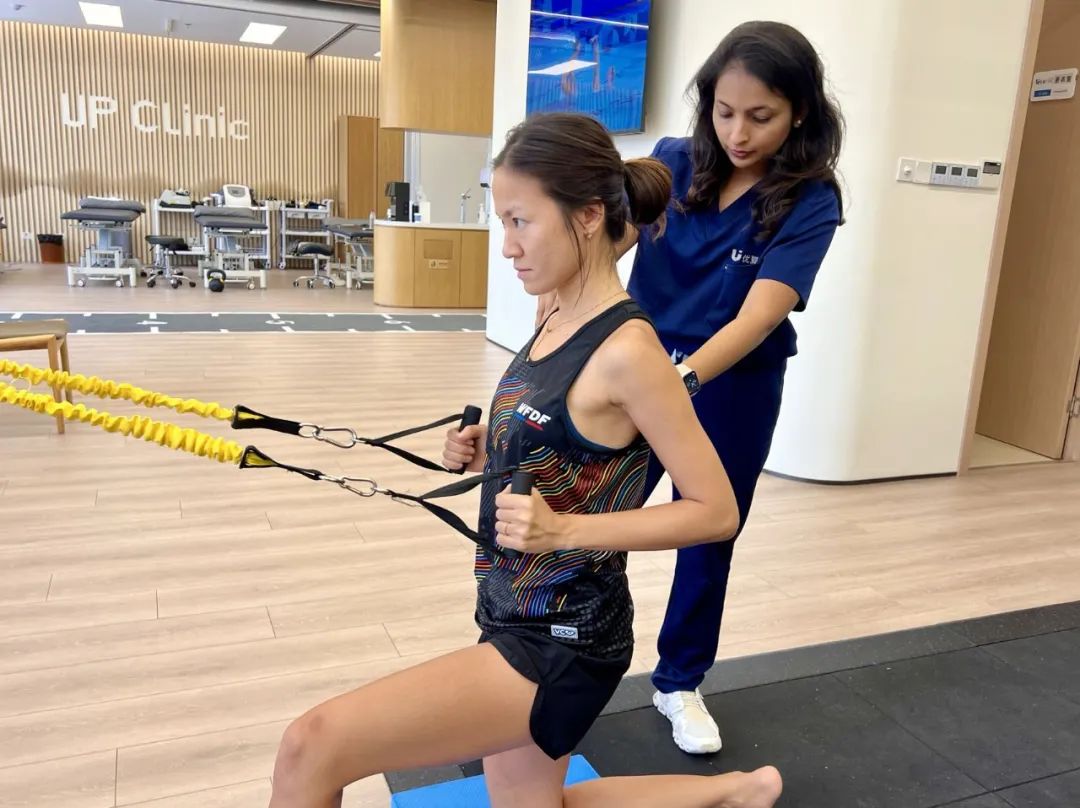
Q3
Who was your biggest role model growing up?
My mom has been my guiding light and my biggest inspiration. She instilled in me a sense of independence and encouraged me to explore various aspects of life. Whether it was learning to play a musical instrument, mastering traditional dance, or finding ways to assist others, she always emphasized the importance of helping those around us. It’s this commitment to making a positive impact that led me to pursue a career in physical therapy.
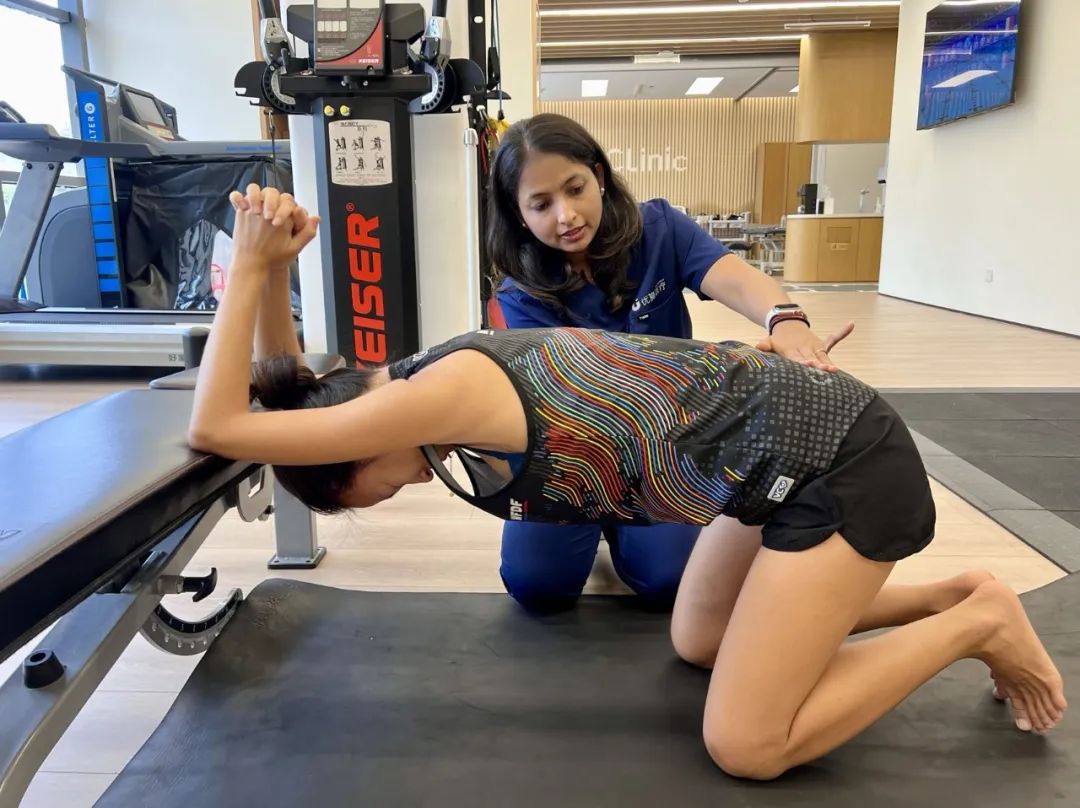
Q4
She sounds like an amazing woman. How did you initially choose a career in physiotherapy?
Since high school, I’ve been drawn to the medical field and community. My desire has always been to assist patients in any way possible. During my research into various medical disciplines, I discovered that physical therapists (PTs) play a crucial role in injury prevention and functional recovery. Once I found that out, I had my eyes set on becoming a PT and ended up doing my Bachelors and Doctorate degrees in Physical Therapy.
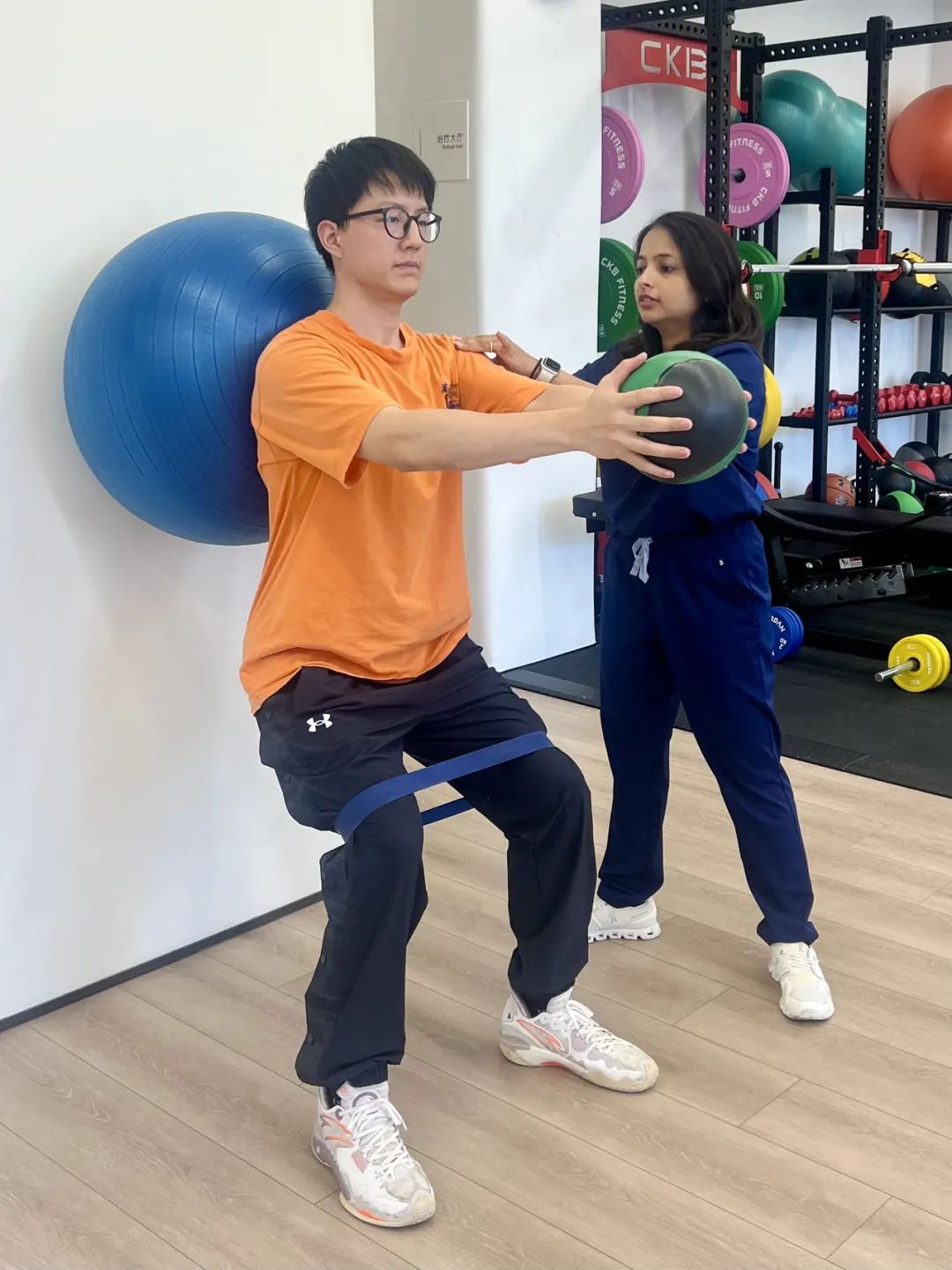
Q5
What do you see as one of the biggest challenges with patient?
Patients of all ages encounter unique challenges during therapy. One significant hurdle is maintaining motivation throughout the treatment process. It’s common for patients to feel frustrated when they don’t see immediate progress. In such cases, it’s crucial to communicate the gradual improvements they’re making, ensuring their motivation remains strong. Additionally, if treating a child, educating parents about therapy techniques and emphasizing patience can guide both the child and their family toward a successful recovery. Another method is also to keep the communication open with the patient and keep encouraging them to keep therapy a priority in their life.
Q6
Those are some great tips! Could you tell us more about some of your specialties?
Throughout my career, I’ve worked in diverse physical therapy settings. During my tenure at a US outpatient clinic, I focused on treating patients recovering from surgery. My approach emphasizes conservative treatments to prevent injuries and target the root causes of conditions. I also prioritize postural correction and individual awareness, regardless of the specific condition. Additionally, I gained valuable experience working with patients who had neurological conditions such as stroke, Parkinson’s, and dementia while at a skilled nursing facility in Michigan, United States. Early on in my career and when working in India, most of my patients were pediatric patients. These patients had congenital conditions such as down syndrome, spina bifida, cerebral palsy and developmental delays.

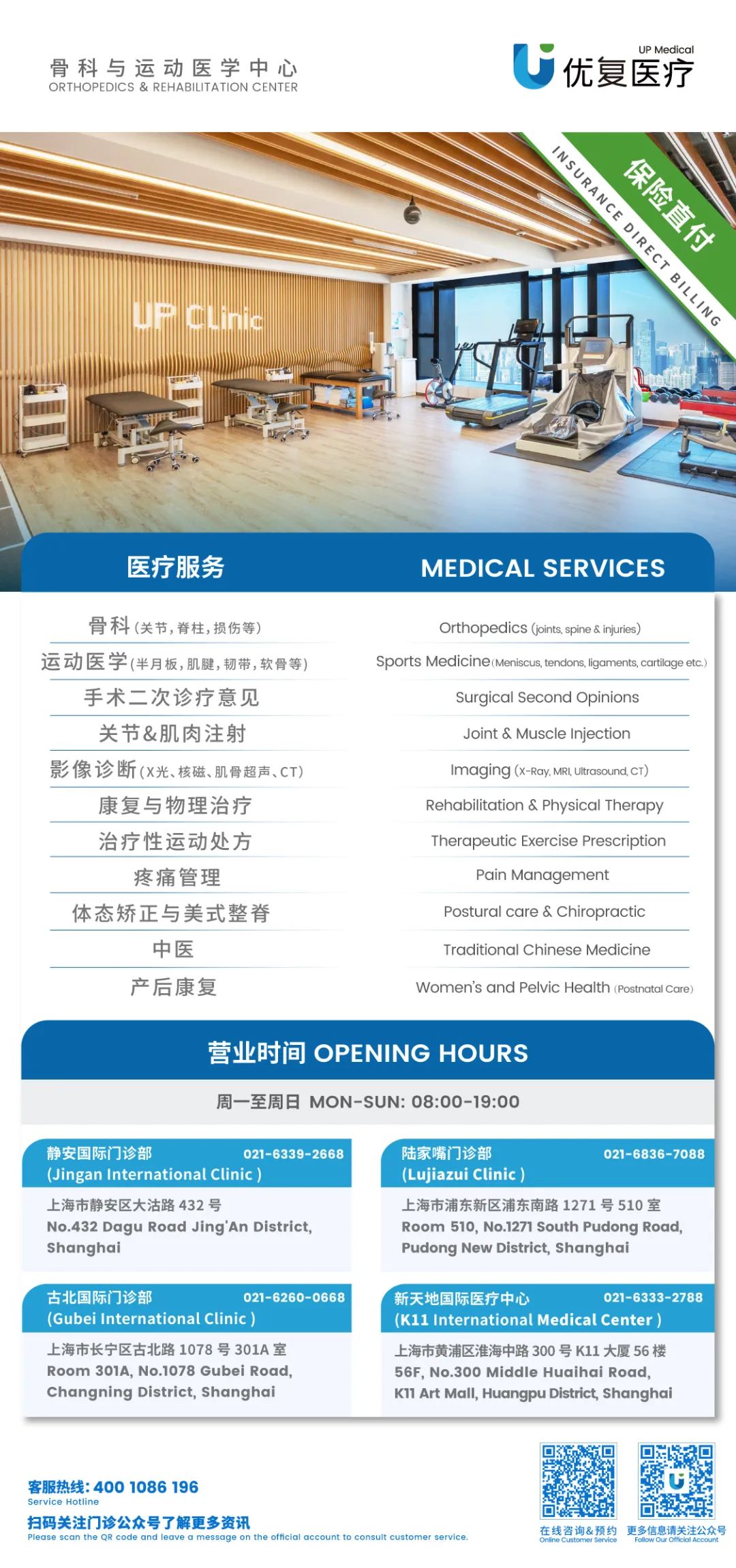
本篇文章來源于微信公衆号: 上海優複康複醫學門診部

